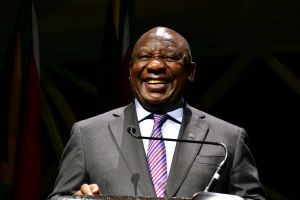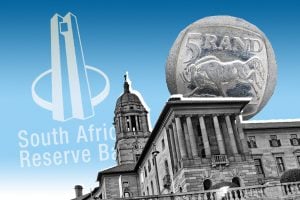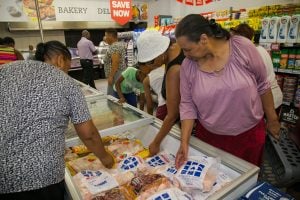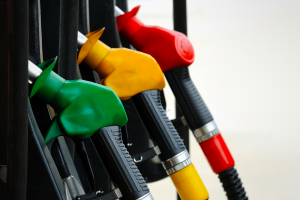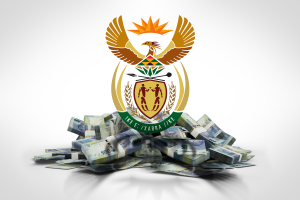Trouble for South Africans paying more than R25,000 a month on their homes

New data shows that rich South Africans are struggling to afford rent as heightened interest rates and costs of living persist.
This was revealed in TPN’s latest Residential Rental Monitor Report for the third quarter of 2023, which showed that the highest rental value band – those paying R25,000 or more a month – was the only group to record a drop in the number of tenants in good standing.
The general rule of thumb among property experts is that prospective tenants should spend no more than 30% of their gross monthly income on rent – meaning tenants with a household income of at least R80,000 likely fall within the highest rental value band.
While households earning at least R80,000 a month are likely among the top income earners in the country, the data indicates these South Africans are struggling to afford their homes.
According to TPN’s report, Although the longer-term overall good-standing trend is positive, the disparity between the various residential rental value bands continues to paint a concerning picture of the lowest and highest rental value bands, which still fall short of the national average.
A tenant is classified as in good standing if all their rental obligations are met by the end of the month. These include tenants that paid on time (POT), paid within a grace period (GP) afforded by landlords, or paid late (PL) but still ensured they covered their rental payment before month end.
Tenants in the lowest rental value band – paying R3,000 or less a month – had the lowest percentage of those in good standing. Despite this, however, the number of tenants in good standing improved slightly from 68.95% in Q2 2023 to 69.61% in Q3 2023.
The highest rental value band, on the other hand, was the only group to show a decline in the number of tenants in good standing – from 82.15% in the second quarter to 81.94% in the third quarter.
According to the report, the rental band of R25,000 or more recorded 5.76% of tenants that did not pay at all – only second behind the lowest rental band.
Credit stress
All South Africans are facing the brunt of increased interest rates and fuel prices and are expected to pay more for their food, vehicles, and homes.
Nedbank’s latest NedFinHealth Monitor shows that 76% of South Africans say their expenses increased in the past 12 months, while 62% say their spending equals or exceeds their income.
Research and analytics firm Eighty20, in its latest Credit Stress Report, noted that heavy hitters – the country’s wealthiest 5% – had the largest overall increase in the rate of new defaults (RND) at 42% YoY and 12% QoQ.
Additionally, defaults on home loans in the segment were up the most, with a 61% YoY increase in the RND. “This is especially concerning given that 57% of the segment holds a home loan, and average home loan instalment is up by 28% YoY and 7% QoQ,” said Eighty20.
This was revealed in the DebtBusters’ Debt Index report for the third quarter of 2023, which showed those who earn R35,000 or more pay the highest percentage of their income on servicing debt compared to any other income bracket.
The data showed the average South African consumer needs to spend around 63% of their take-home pay to service their debt, with those taking home R35,000 or more a month having the highest monthly debt repayment ratio – needing to use two-thirds (67%) of their income towards debt repayments.
“These numbers indicate consumers continue to use unsecured credit to supplement their incomes, and the situation has worsened significantly due to high inflation and interest rates,” said DebtBusters.

